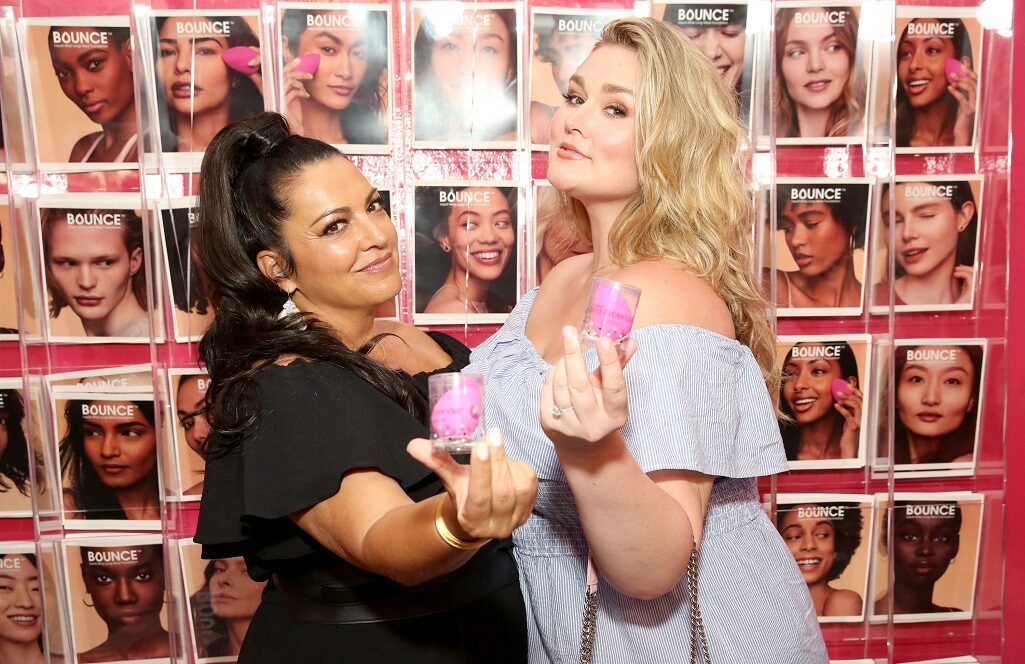Rea Ann Silva’s journey from makeup artist to CEO of Beautyblender is a testament to innovation, perseverance and the power of seeing potential where others do not.
In the late 1990s and early 2000s, Silva was a sought-after makeup artist for magazine cover stars, earning a reputation for her flawless work. Editors would frequently ask Silva for the products she used, only to find that replicating her artistry was no easy feat.
Silva couldn’t replicate her hands, but she had an eye for tools that made her work shine. One such tool was a foundation sponge she had created herself, customized to give her clients perfect complexions. As actors and actresses began to snatch the sponge from her makeup bench, Silva realized she had a potential product on her hands. In 2003, she formed an LLC and named her new company Beautyblender, after the now-iconic hot pink egg-shaped tool.
For the first decade, Silva continued her work as a makeup artist, balancing her time between her day job and building her brand. It wasn’t until 2013, a year after Beautyblender went nationwide in Sephora, that sales truly took off. By then, Silva was 52 and ready to shift her focus entirely to her burgeoning business.
Now 59, she reflects on her journey with pride, seeing her age as an advantage despite the ageism she often encountered throughout her career. Silva, who recently made Forbes’ inaugural 50 Over 50 list, said, “When I was in my 30s looking at 50, I thought I would be one foot in the grave. I made a promise to myself by the time I was 50 years old [that I would] create products and bring simplicity to women and make them feel good about their age.”
Beautyblender has grown significantly under Silva’s leadership, with sales reaching $175 million in 2019. The company’s success stems not just from the product itself but from Silva’s tenacity in protecting her creation. She faced challenges in securing a patent due to similarities with an existing Q-tip-like medical device, but she persisted, filing for a patent four times.
In the end, Silva found that brand recognition was her greatest asset. “It’s great to have [a patent]. But if you don’t, brand recognition is the most powerful.”
Today, more than 50 million Beautyblender sponges have been sold, with one being purchased every 17 minutes in major U.S. retailers like Sephora and Ulta.
The path to Beautyblender’s success was paved with innovation born from necessity. Silva developed the sponge in 2002 while working on the set of the TV show Girlfriends, the first show to be shot and broadcast in high-definition. HD technology, which highlighted every flaw on camera, required a new approach to makeup. Airbrush techniques were cumbersome and impractical for on-set touch-ups, so Silva experimented with makeup sponges, cutting off their corners to create a rounded applicator that delivered a flawless finish. She coined the term “bouncing” to describe the sponge’s technique of applying foundation, which was perfect for HD.
Silva began selling the sponge in professional makeup stores, leveraging her relationships within the industry. As the bright pink Beautyblender caught the eyes of consumers, word spread rapidly and demand grew. Beautyblender soon expanded into independent stores and small chains, eventually landing in large retailers. Social media played a significant role in amplifying the product’s popularity, even before the rise of beauty influencers.
Silva believes Beautyblender democratized makeup application by delivering professional results that anyone could achieve. She notes, “That’s the beauty of Beautyblender, because you can take a mass makeup product or you can take the highest-end product, and you’ll still get this amazing application.”
Despite the challenges posed by COVID-19, including store closures and shifting consumer behavior, Beautyblender sales remained strong. Silva attributes this resilience to the rise of video conferencing, where people wanted to look their best. “Because of Zoom, people wanted to look somewhat decent!” she jokes.
In April 2020, Silva was recognized as one of eight women featured in a Smithsonian exhibit celebrating female game-changers in various industries. Reflecting on her journey, she says, “When I look at this brand and think of it as the original and category creator, which it is, it wasn’t until the Smithsonian said [it] that I can confidently say we have accomplished that.”
Looking to the future, Silva is focused on playing the long game. “Life can be a very long journey for us,” she said. “And that is a blessing and a gift. Don’t feel pressured to make decisions or define yourself by success in a few years. Take your time. Why do people want to make it so short?”
Read more articles for the ConnectComm Community here.


